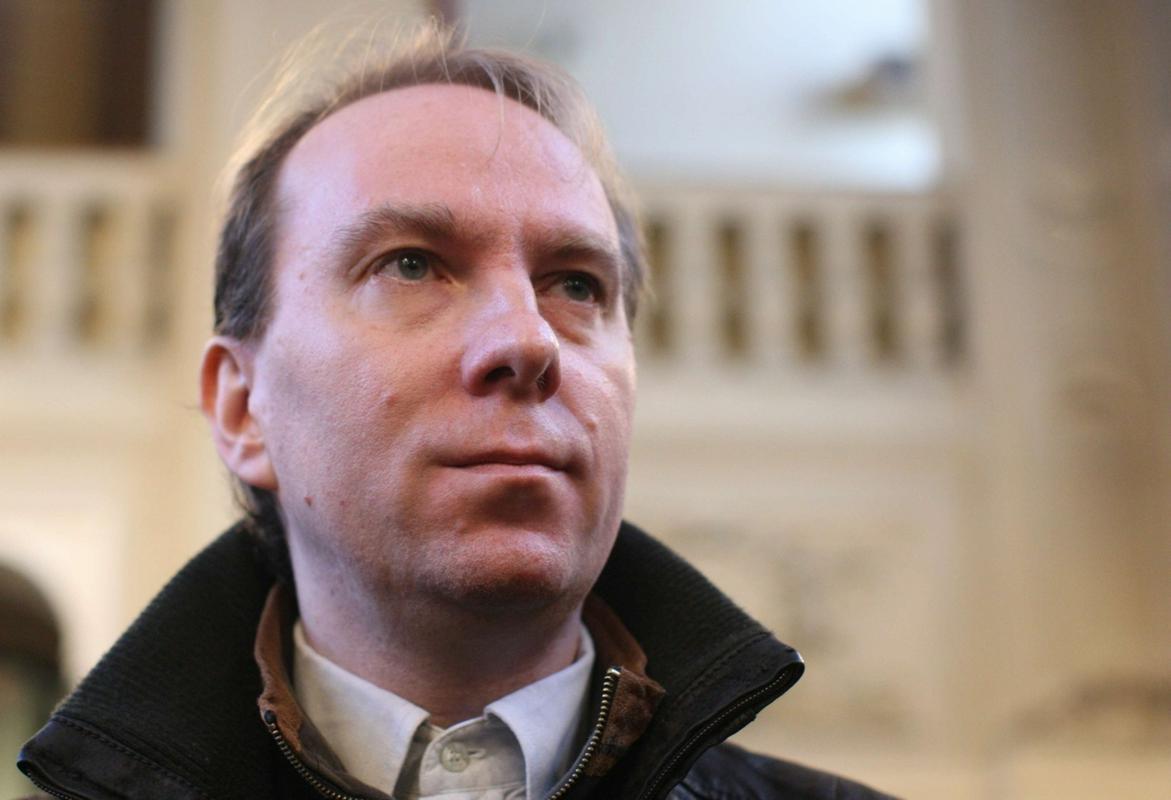In the beginning he mentioned his conviction that Radan had been personally affected by treatment of the dying patients, which a doctor should never have allowed to happen. But he estimated Radan's treatment of the patients to be in compliance with medical doctrine, and drew attention to the systemic problem of the Medical Centre, as in all the cases the records were defective.
He noticed the problem with insufficient documentation already in the case of the first female patient, where he established that an increased dose of morphine was possible, and justifiable. He based his decision on the Thomas Aquinas standpoint: by applying morphine we might shorten the patient's life for a few minutes, but how high would be the price should the patient live one more hour, suffering unbearable pain!
Such questions and doubts could be avoided by thorough documentation, especially in palliative care. He had no comments about treatment of the second female patient with morphine. For the treatment of the third female patient Kroll said he would have done the same. Neither the temperature sheet nor other records show she had been given a high dose of morphine in a short period of time, and there were no records of sudden death; her death was the consequence of a tumour of the cervical spine. He gave the same opinion in the case of the fourth female patient. In the case of the fifth patient he said it was unclear what happened with propofol, as the data had been erased from the curve, but had he been given the alleged high dosage his death would have occured immediately after the administration of the drug and not only a couple of hours later. He noted no irregularities in treatment of the sixth patient; he assured that cardiac arrest would occur within a minute after administration of potassium. Kroll said he had used potassium in the same manner at kidney transplantation from a donor.
The hearing procedure continues.
H. L. (RA SLO)
Translated by G. K.



































































